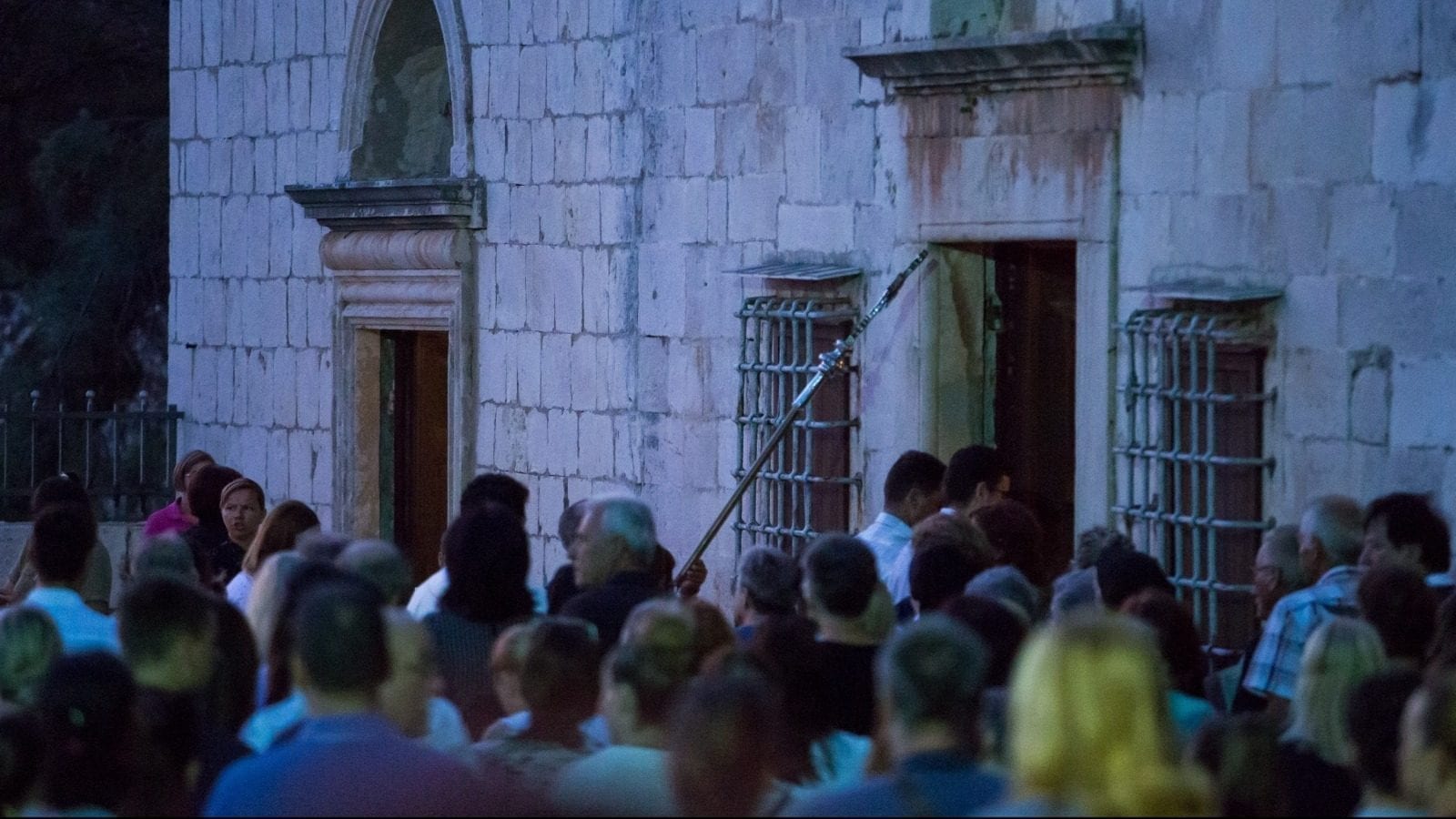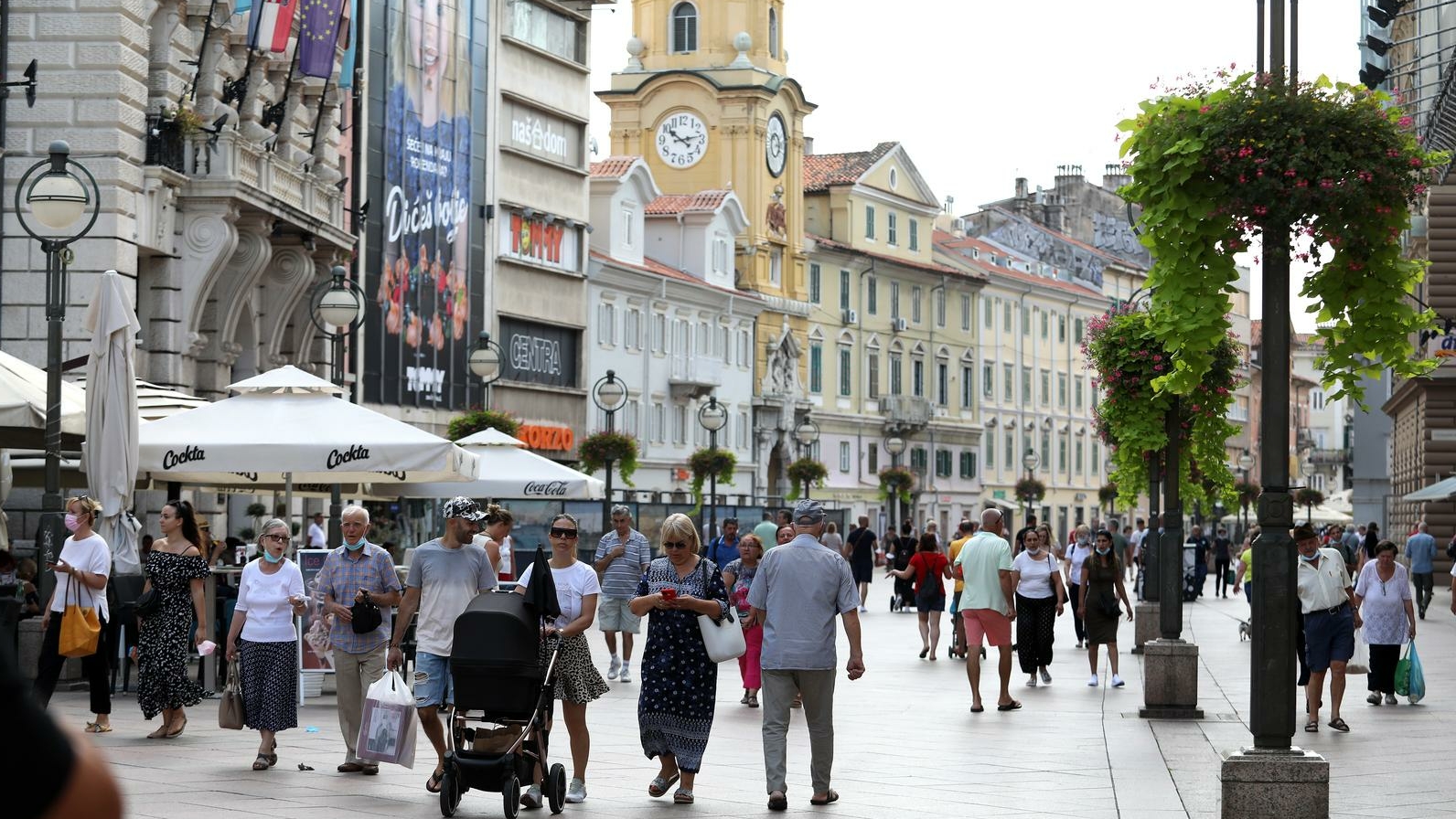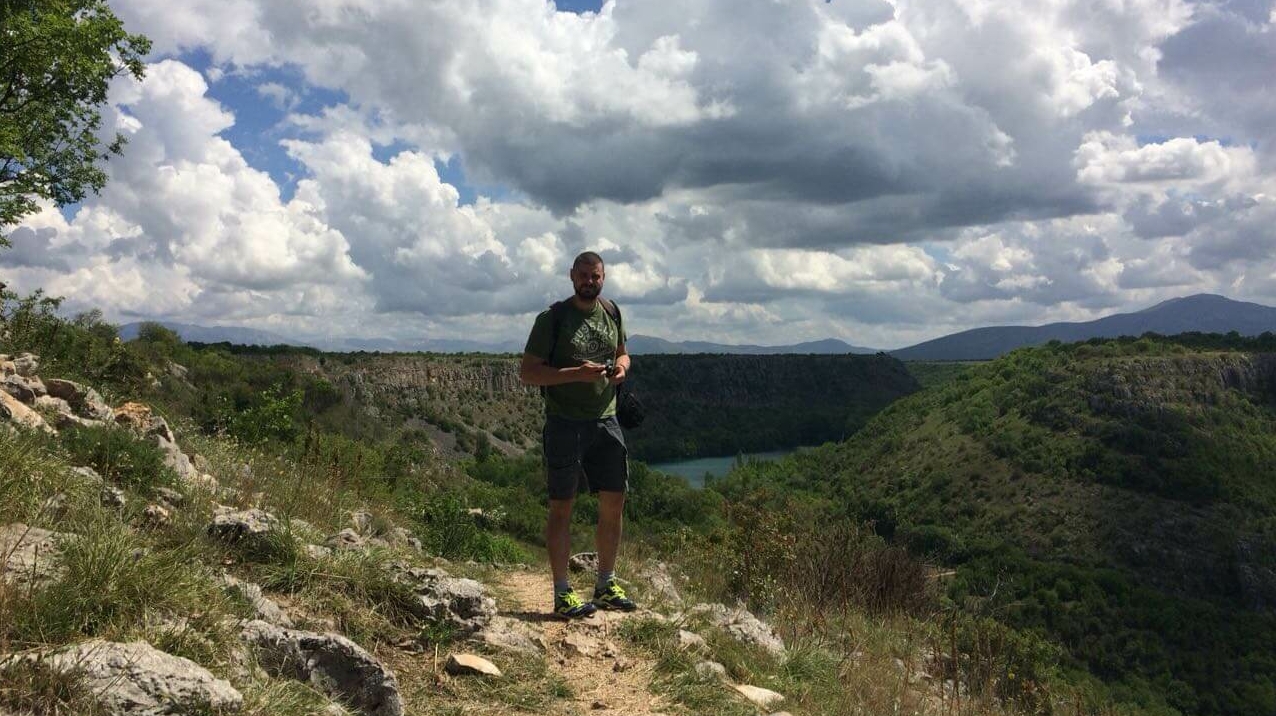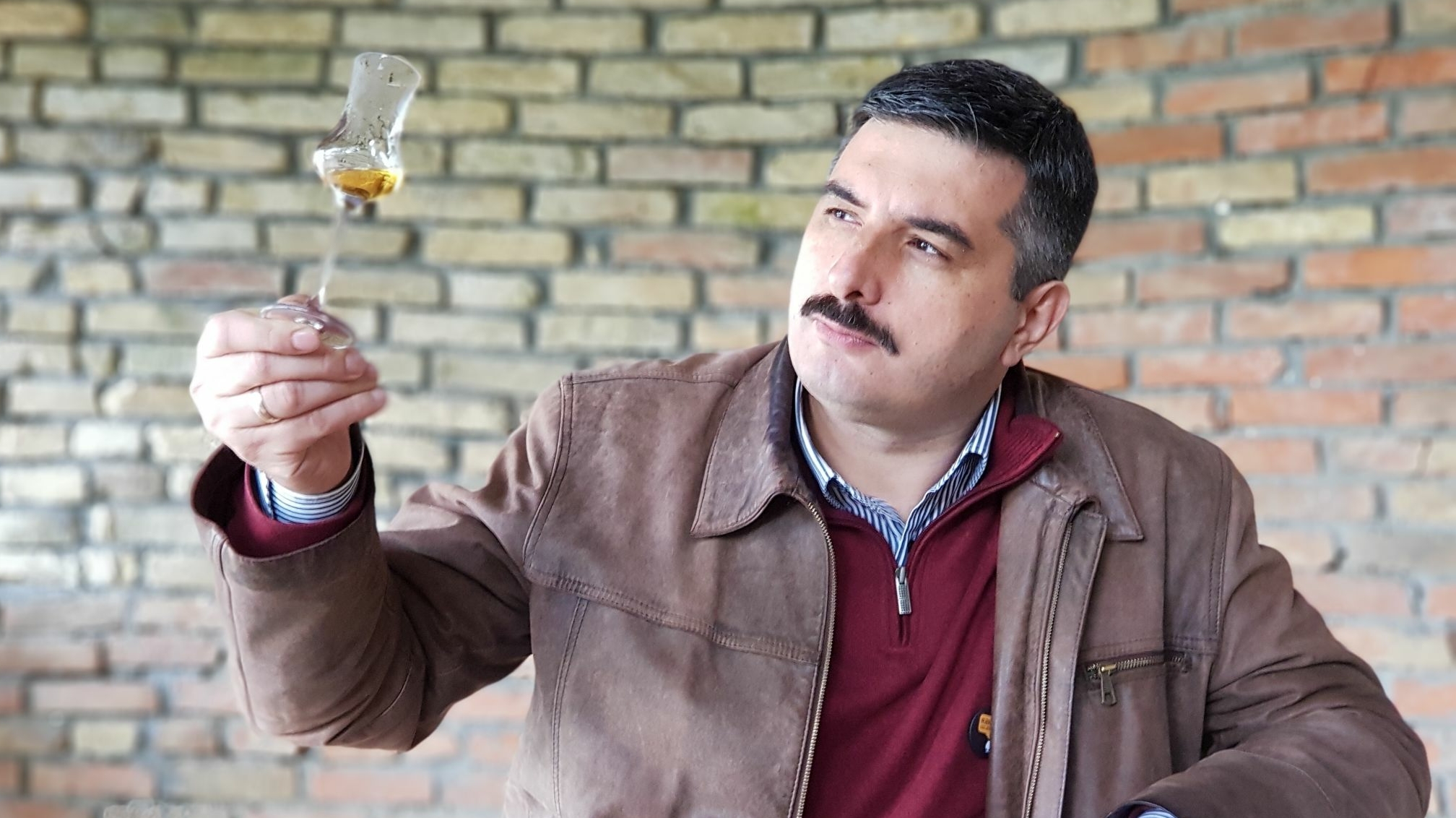The appearance of Orthodoxy on the island of Vis between the two World Wars is a phenomenon for which not many people outside the local Vis community and scientists dealing with related topics have heard about. Even in the fields of related professions, this phenomenon is insufficiently researched and often neglected in historiography, as well as in the general public, which is not familiar with the events that occurred on the island of Vis during aforementioned period. In the 1920s, the island was in difficult times of uncertainty as it was not known for three more years after the end of the First World War whether the island would fall into the hands of the Italians or naturally join its „speech“ area, the Kingdom of Serbs, Croats and Slovenes. The problems that local community struggled with persistently were of economic and social nature, but the uncertain times, after the Great War, further stirred fire and created a feeling of fear and incompetence among the people before the question of – what will happen tomorrow?
A radical turn into a new faith
The circumstances in Dalmatia at the time still left questions from the Austro-Hungarian Empire about the status of colonies and agrarian reform unanswered, but since the war misplaced and took centuries-old empire overnight, people found themselves unprotected in unsafe times. The agrarian political party, which was popular in Dalmatia even before the war, was further strengthened on the island after 1921 under the leadership of Ivan Ruljančić, who will prove himself as the individual responsible for the appereance of Orthodoxy on the island of Vis. The Croatian Peasant Party (HSS) generally strengthened at the state level by propagating its new content and ideas adjusted to the, at the time, dominant peasant population. The Croatian Peasant Party dispersed in 1925 to the “left” and “right” options and its representatives on the island chose the „right“ option which favoured the Radical Party. The appropriate timing of crossing to the Radicals set the aforementioned Ruljačić onto the throne of the Vis municipality in an attempt to strengthen its authority at one of the westernmost points of the Kingdom. As the majority of islandˈs peasant population, led by Ivan Ruljančić, joined the Radical Party, all out of the desire for further ties with Belgrade’s ruling circles as well as with the fraternal Serbian people, it was decided that the local peasants would take a step further and move to Orthodoxy. Of course, one of the reasons to make this radical move for then catholic Vis was hiding in the fact that locals were in a bad economical position because of the payment of the church tax.
Harsh criticisms from various sides
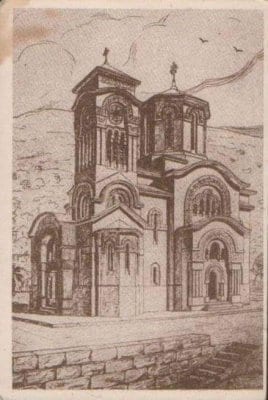
This transition to a “new” faith, unknown to this Mediterranean place until then, was shocking even outside of the town as we can see from reports in newspapers in Split and Zagreb where we notice sharp criticism, which was, of course, interpreted as a political approach to Belgrade. We find interesting data in the Split newspapers Država at the time when Ivan Ruljančić, the leader of the transition to Orthodoxy, denied the Croatian newspapers who emphasized the change of faith in a negative tone. In these mentioned newspapers it is written that he (Ruljančić) “always admired the Croatian name, but acknowledged and longed for the Serbian brothers.” Another quote attributed to Ruljančić is interesting, and reads: “We will not stand on Vis with one foot and in Rome with the other – it is more natural: with one foot on Vis, and with the other in Belgrade.” Although this statement should be taken with caution and as overemphasising, the willingness of part of the population to convert to Orthodoxy was certainly not just an incidental episode as evidenced by the construction of the Orthodox church and its display on postcards.
“We will not stand on Vis with one foot and in Rome with the other – it is more natural: with one foot on Vis, and with the other in Belgrade.”
Only two authors have paid attention to this event as something that needs to be singled out in scientific writings about this event so far. The first work is the book „Povijest Visa“ by Grga Novak, who dedicates a brief subchapter to this event in his book. Much more important work is the article by Goran Mladineo, who was the first in modern historiography to point out the possibilities of studying this topic, offering concepts, chronologization, but also sending an unspoken appeal on how much this topic has been unexplored and offers numerous possibilities for its interpretation.
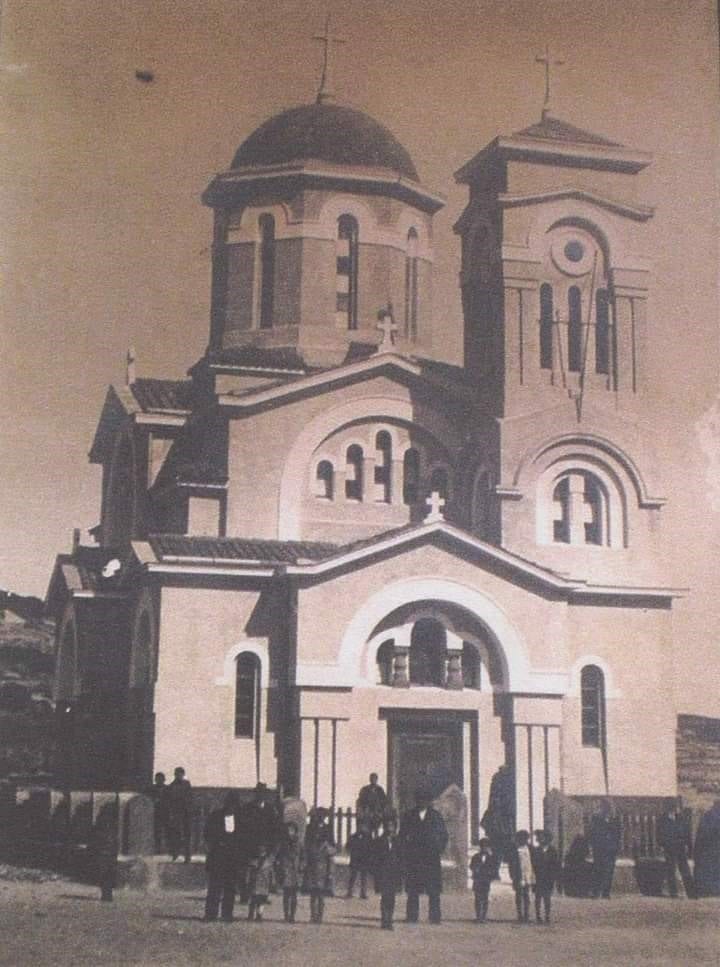
The myth about 180 families
As it often goes with the past the problem of this event has been carved into the memories of the islanders and turned into public history and mythologization that 180 families in the town of Vis have moved to Orthodoxy appeared. Since each myth must have support in a real event, this data is not pure fabrication of the Vis people who were enraged at the act of their co-inhabitants transferring to Orthodoxy. In the 1930s, this figure appeared in the Belgrade press, which was probably meant to show the Orthodox movement on the island of Vis as strong as possible. Mladineo, analyzing the data of the Hvar diocese to which the island of Vis belongs, came to the conclusion that 298 people have crossed over to the “new” faith, which is the data conveyed to us by bishop Miho Pušić. Of course, it is possible that, on the other hand, the bishop wanted to reduce the size of the movement, but the number of 180 families certainly seems excessive and is probably a construct of later popular polemics and the transmission of data and the aforementioned writing of the press that helped create this kind of narrative.
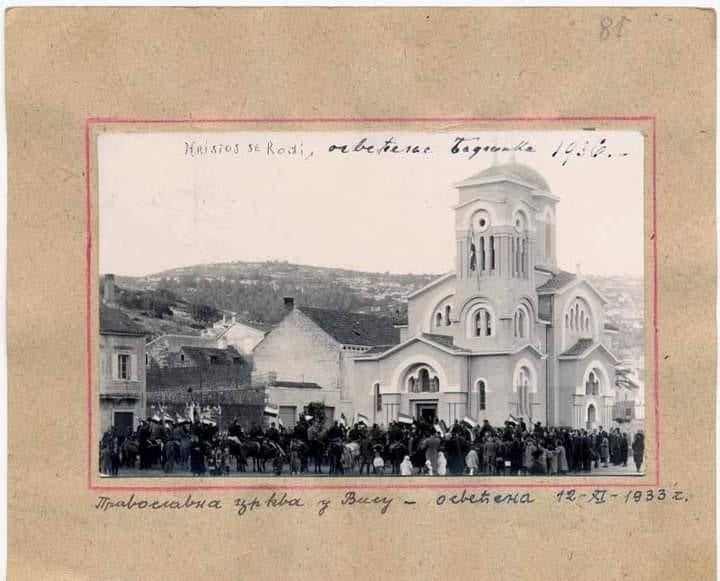
This religious transition, as well as the accession to the Radical Party, has, of course, greatly helped the leaders of the Vis agrarian movement to gain power and control over the Vis municipality after the elections held in 1926. According to the research conducted so far, the local government operated and held its place under the control of a number of organizations, some of which also had paramilitary elements: “Jugosokol”, “Streljačka družina” and “Narodna obrana”, “Težačka Sloga”, “Zora” and the sports society “Jadran”.
First orthodox parish on the island
The Serbian Orthodox parish of Vis was formally founded on July 1st, 1926 as the first on the Adriatic islands to be seen from an official declaration stating: The representative of the Minister of Religions, Mr. Minister of Education, by his decision of July 1st, 1926, made the decision to form Serbian-Orthodox parish on the island of Vis (the county of Hvar), consisting of villages: Kuti with 34 homes and 123 souls, Smederevo with 24 homes and 61 souls, Luka with 10 homes and 27 souls, Mala Banda with 18 homes and 44 souls.
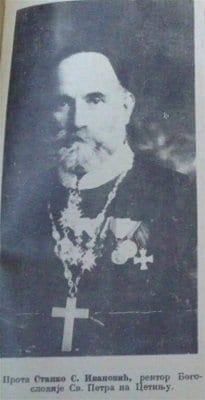
The first parish priest in Vis was protoiereus of Split Sergije Urukalo until the arrival of the first permanent Vis parish priest Stanko Ivanović, who was appointed to the posistion in 1926. He was followed by Stevan Javor from 1928 to 1939 and Danilo Bukorović from 1939 to 1941. Although at first the believers had no real church, one was improvised in the basement of Dragošević’s house. For this reason, in 1931 the building of a church had begun on the coast in the very centre of the city, which was completed and consecrated in 1933. The church was built during 1932 and 1933 in Serbian-Byzantine style and everything was made according to a project by renowned Belgrade architect Momir Korunović. It is interesting to point out the writing of the Belgrade newspaper Politika at the time, which speaks of the consecration of the church; “(…) this ceremony, due to the prominent position of the island itself and the great preparations that are made for it, will come out of the framework of the simple religious manifestation and will undoubtedly represent the first order national festivity at which our Primorci (seafolk) will once again provide evidence of their highly developed national consciousness and zealous patriotism.” The ceremonial sanctification of the church was held on November 12th 1933, during which the church was visited and santificated by the Serbian Orthodox Church Bishop (Eparch) in Dalmatia Irinej Đorđević with the participation of the Mostar Eparch Stanković, 3 deacons and 37 Orthodox priests. The church’s patron saints were proclaimed the “Slavic brothers” of the apostles of St. Cyril and Methodius, which although unstable practice for Orthodox churches, had a political connotation of connecting Slavic people. Although there was no conflict at the ceremony of the consecration of the church, the then press was not in the best mood regarding the construction and consecration of the Orthodox Church in Vis.
Last rites in 1941
Although it was already sensed at the beginning of the 1930’s that the fall of the Radical Party government and the leaders of the Vis Orthodox movement was ought to happen, it had occured only in the 1936 elections, when the Croatian Peasant Party won the elections. After the dismissal of the leaders of the Vis Radical Party representatives, we are familiar with the 1937 incident. A delegation of the Czech Orthodox Church was supposed to visit Vis in the summer, but when the steamship arrived at the port, the locals cut the strings and forbade landing so that the meeting of Vis and Czech Orthodox people was not realized. With the establishment of Banovina Hrvatska in 1939, the strength of the movement on the island of Vis began to shrink because the HSS’s power, which was strong in Vis and at the level of „ban“, completely marginalised the old structures of government. At the beginning of the Second World War, the Orthodox parish in Vis was completely dispersed, as we can see from preserved birth books, because the last rites were performed in 1941. After the war, of course, there was a new current in which there were no affinities for the return of Orthodoxy, so that the parochia completely shut down and left behind this interesting episode of which little is known. Unfortunately, all that remains is a memory because the Orthodox church that would be seen today by many tourists on the island immediately after getting off the ferry no longer exists.
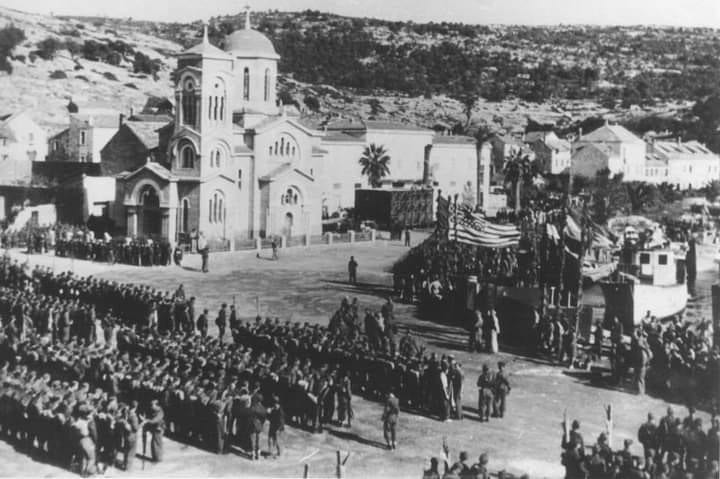
After the Second World War, which wiped out and erased Orthodoxy on Vis, the permanent parish priest will no longer be sent to Vis, and since the new state was against the spread of religion, the church eventually deteriorated. Therefore, at the end of 1964, it was decided that church should be torn down because it no longer served its purpose and that the new one in Knin would be built on the foundations of the Vis church that was bombed during the war. In this way, all the emblems of Orhodoxy on the island of Vis were immersed in the historical chest, remaining only engraved in the memories of those who experienced the turbulent times of interwar Yugoslavia.

Translation from Croatian:Nikola Ostojčić

